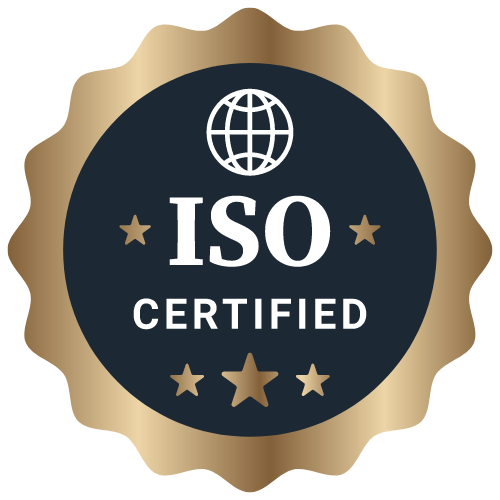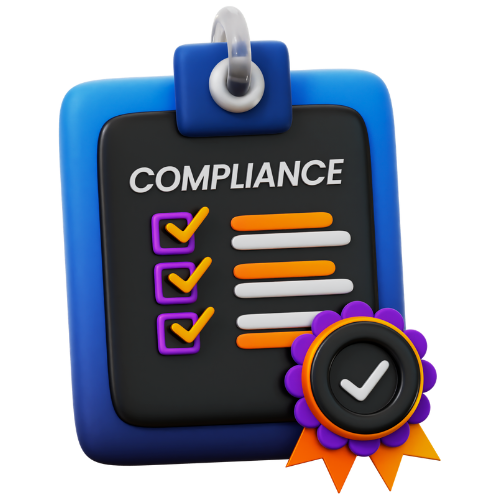ISO 45001 Certification: Ensuring Workplace Safety in Indian Industries
ISO 45001 Certification ensures workplace safety in Indian industries by providing a framework for implementing and maintaining effective occupational health and safety management systems. Find out how your organization can achieve compliance and create a safer work environment.
ISO 45001 Certification: Ensuring Workplace Safety in Indian Industries
In recent years, workplace safety has become a critical concern for organizations across the globe. As the number of accidents and incidents in the workplace continues to rise, the need for a robust safety management system has become more apparent than ever. This is where ISO 45001 certification comes into the picture.
ISO 45001 is an international standard that specifies the requirements for an occupational health and safety (OH&S) management system. It is designed to help organizations create a safe and healthy working environment for employees, contractors, and other stakeholders. By obtaining ISO 45001 certification, organizations can demonstrate their commitment to ensuring workplace safety and reducing the risk of accidents and incidents.
The Importance of ISO 45001 Certification
For Indian industries, ISO 45001 certification is especially important due to the unique challenges they face in ensuring workplace safety. With a large and diverse workforce, as well as complex operating environments, Indian industries need a systematic approach to managing occupational health and safety risks. ISO 45001 provides a framework for achieving this by helping organizations:
- Identify and assess OH&S risks
- Implement controls to mitigate risks
- Monitor and evaluate OH&S performance
- Continually improve OH&S processes
By following the requirements of ISO 45001, Indian industries can enhance their safety performance, reduce workplace accidents, and create a culture of safety within the organization. This not only benefits employees and other stakeholders but also improves the overall efficiency and productivity of the organization.
The Process of Obtaining ISO 45001 Certification
Obtaining ISO 45001 certification involves several steps, including:
- Conducting an initial gap analysis to assess the organization's current OH&S management system
- Developing and implementing an action plan to address any gaps and improve OH&S performance
- Training employees on the requirements of ISO 45001 and the importance of workplace safety
- Documenting OH&S processes and procedures to ensure compliance with the standard
- Conducting internal audits to verify the effectiveness of the OH&S management system
- Engaging an accredited certification body to conduct an external audit and issue ISO 45001 certification
While the process of obtaining ISO 45001 certification may seem daunting, the benefits far outweigh the challenges. By investing in workplace safety and obtaining ISO 45001 certification, Indian industries can create a safer, healthier work environment for their employees and demonstrate their commitment to responsible business practices.
The Future of Workplace Safety in Indian Industries
As Indian industries continue to grow and evolve, the need for effective workplace safety management will only increase. By embracing ISO 45001 certification and implementing a robust OH&S management system, organizations can stay ahead of the curve and ensure the well-being of their employees for years to come.
Ultimately, ISO 45001 certification is not just about compliance with a standard – it is about creating a culture of safety, responsibility, and accountability within organizations. By prioritizing workplace safety, Indian industries can not only protect their most valuable assets – their employees – but also drive sustainable growth and success in the long run.
Latest Updates
How to Register for GST in Multiple States
26 Dec 2025How to Register a Franchise Business
24 Dec 2025ca4filings.com Services




























-registration.png)



